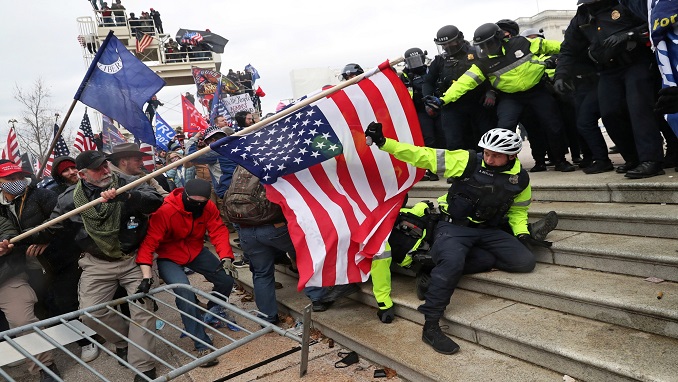
The Homeland Security and Governmental Affairs Committee and the Senate Rules Committee, whose months-long investigation of the security at the U.S. Capitol in light of January’s deadly attack ended recently, released on Tuesday its report and offered recommendations to help prevent a similar breach in the future, Reuters reports.
According to the press release, the investigation of the violence that left five dead included two hearings and committees reviewed thousands of documents, interviewing in the process workers from the Capitol Police and various law enforcement agencies. Its summary shows that it was the profound intelligence and security failures that contributed to one of the worst incidents of domestic terrorism in U.S. history.
Both Senate committees recommended giving the Capitol Police chief greater authority and developing plans for rapid response by the Pentagon. They also recommended empowering the Capitol Police chief to ask directly for D.C. National Guard help in an emergency.
According to the current procedure the chief is required to get a Capitol Police Board emergency declaration first then Pentagon authorization, though on Jan. 6 board approval did not happen.
U.S. Capitol Police (USCP) emphasized it had already changed its operations planning to focus on national security, but continues to point to U.S. intelligence failures to warn of the attack, accusing that Pentagon spent hours assessing their pleas for help and pointing also that it took D.C. National Guard troops three hours to show up after they were finally deployed by the Pentagon.
Yet, the committees found no evidence of foot-dragging at the White House that delayed the National Guard response. On top of that, Senate report points that USCP leaders learned that Trump supporters were planning to infiltrate tunnels around the complex and target Democratic members of Congress on Jan. 6 but failed to act on the threats.
This fact had been previously flagged by the department’s inspector general in a report that has not made public.
The report said that Capitol Police learned about social media posts calling for violence at the Capitol on January 6, the online sharing of maps of the Capitol Complex’s tunnel systems, and other specific threats of violence but pointed that police force’s intelligence division did not convey that information to USCP leadership, rank-and-file officers, or law enforcement partners.
According to the report, officers complained about a lack of leadership within the department as they tried to repel the attack while their leaders were virtually silent as they begged for help.




Be the first to comment